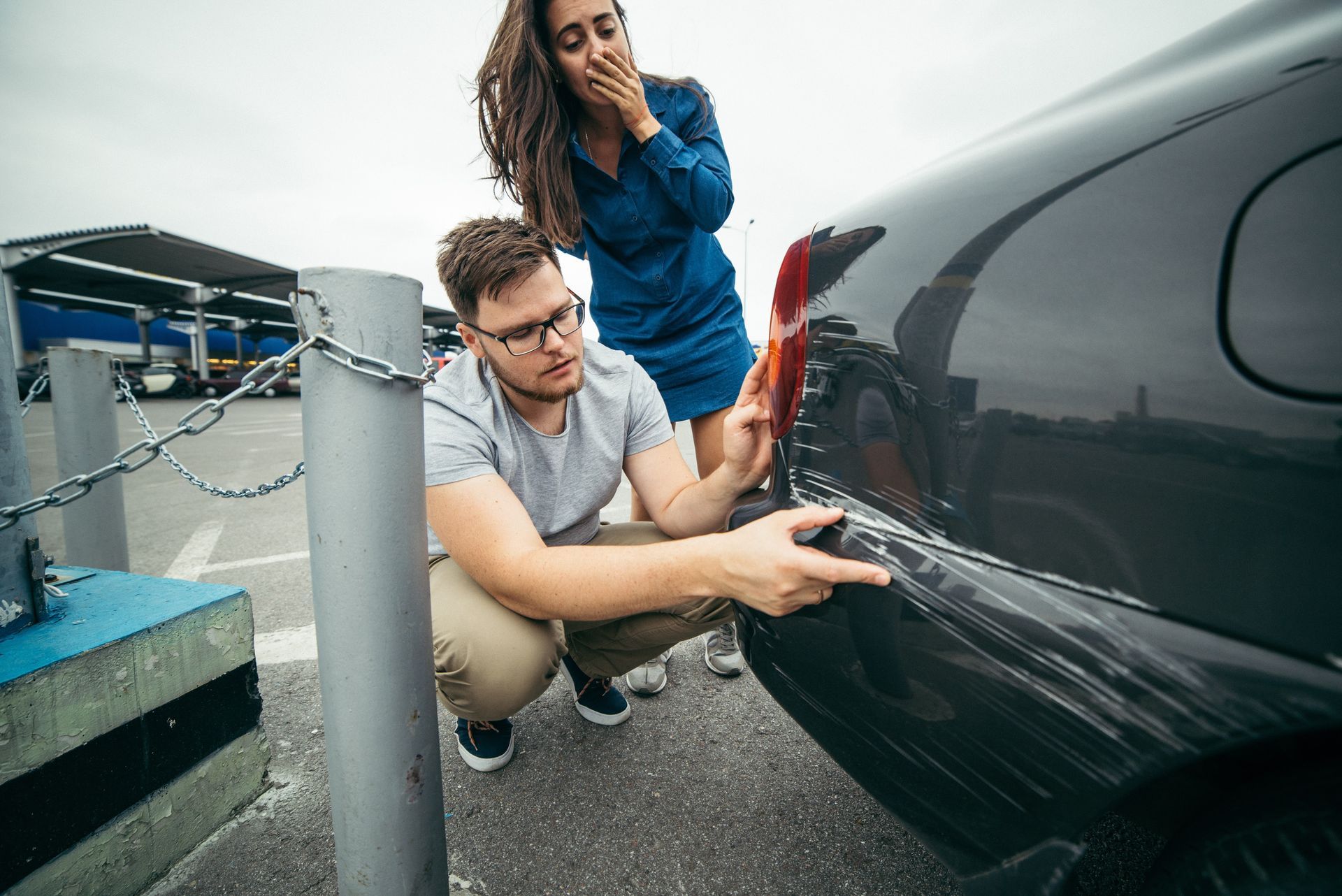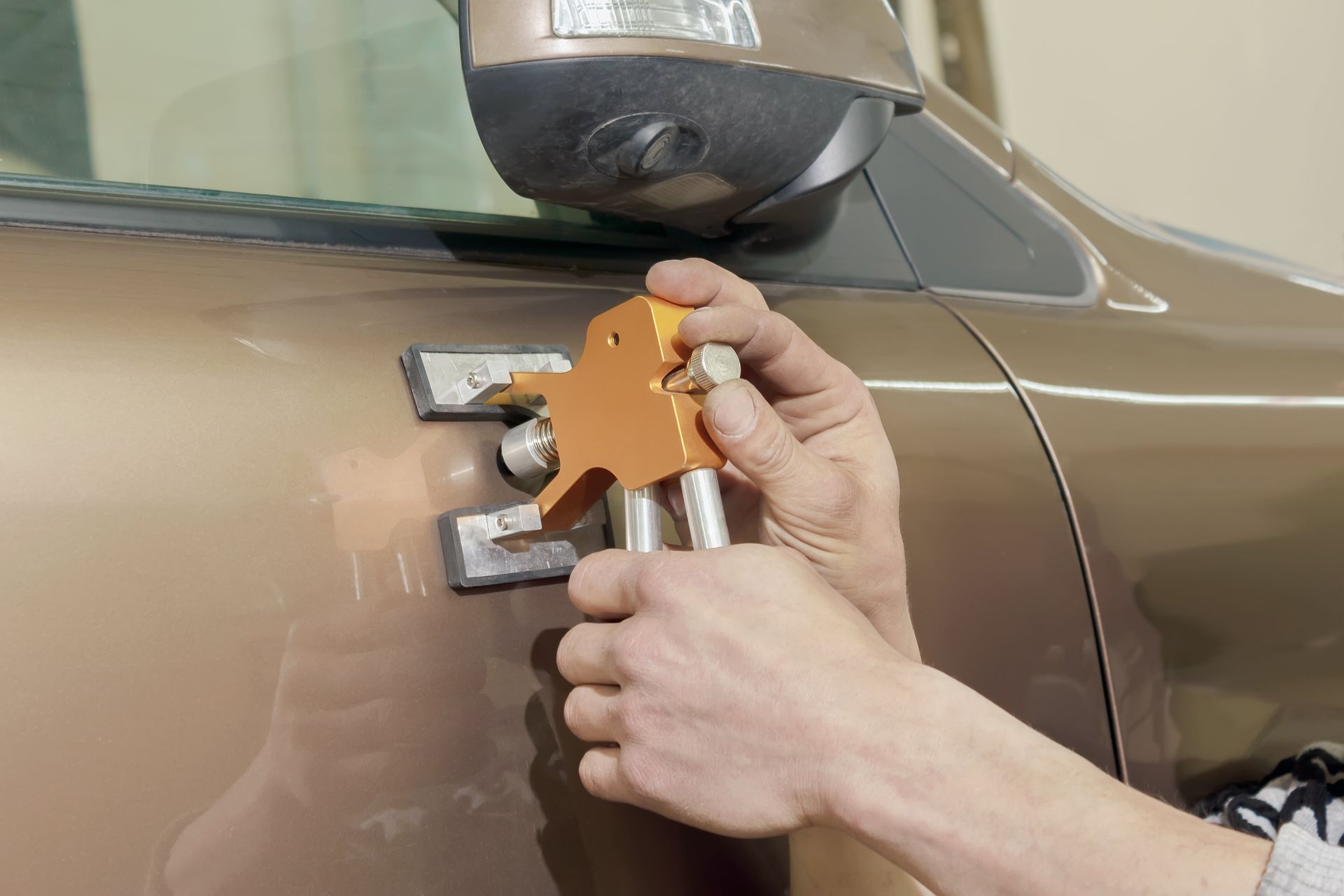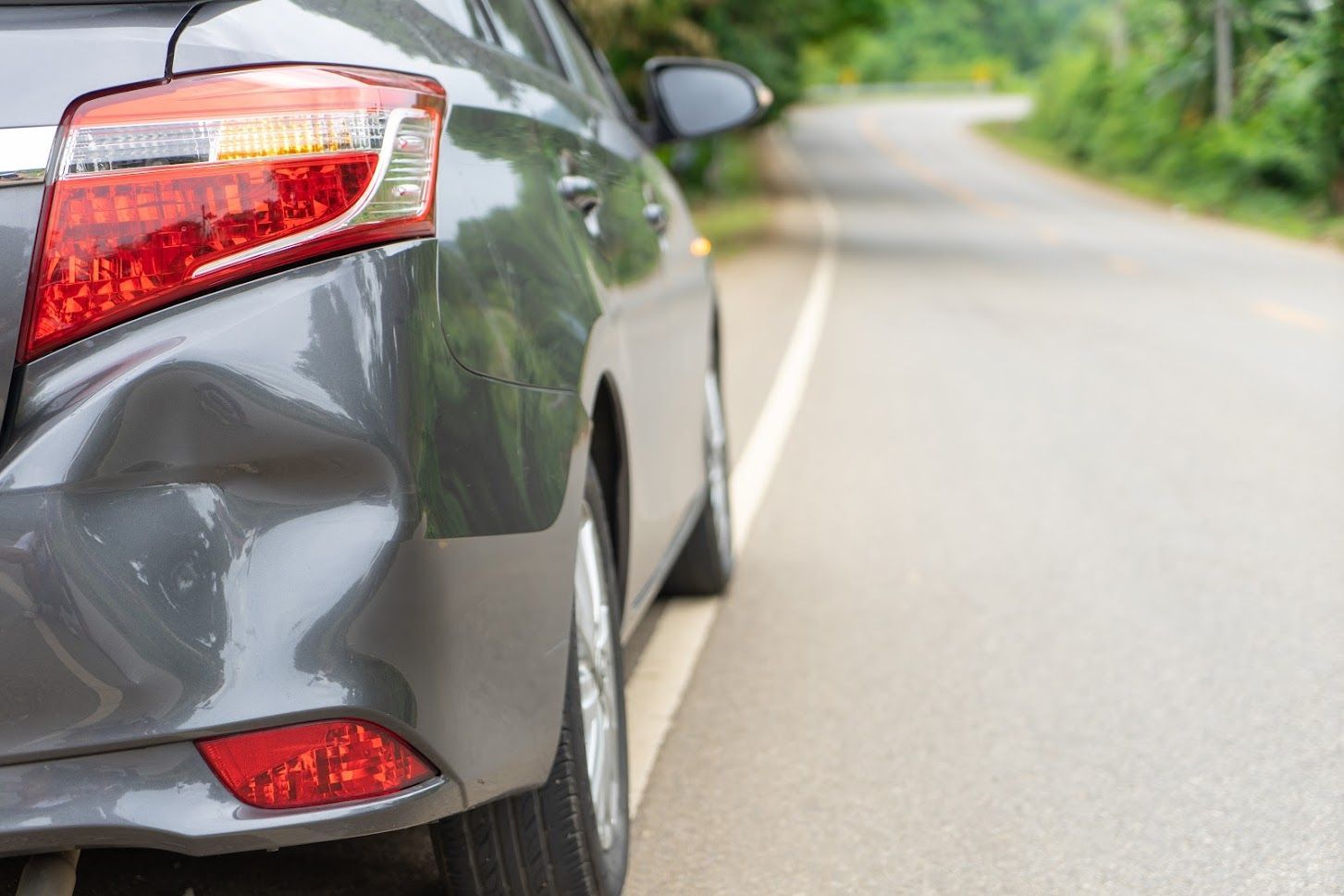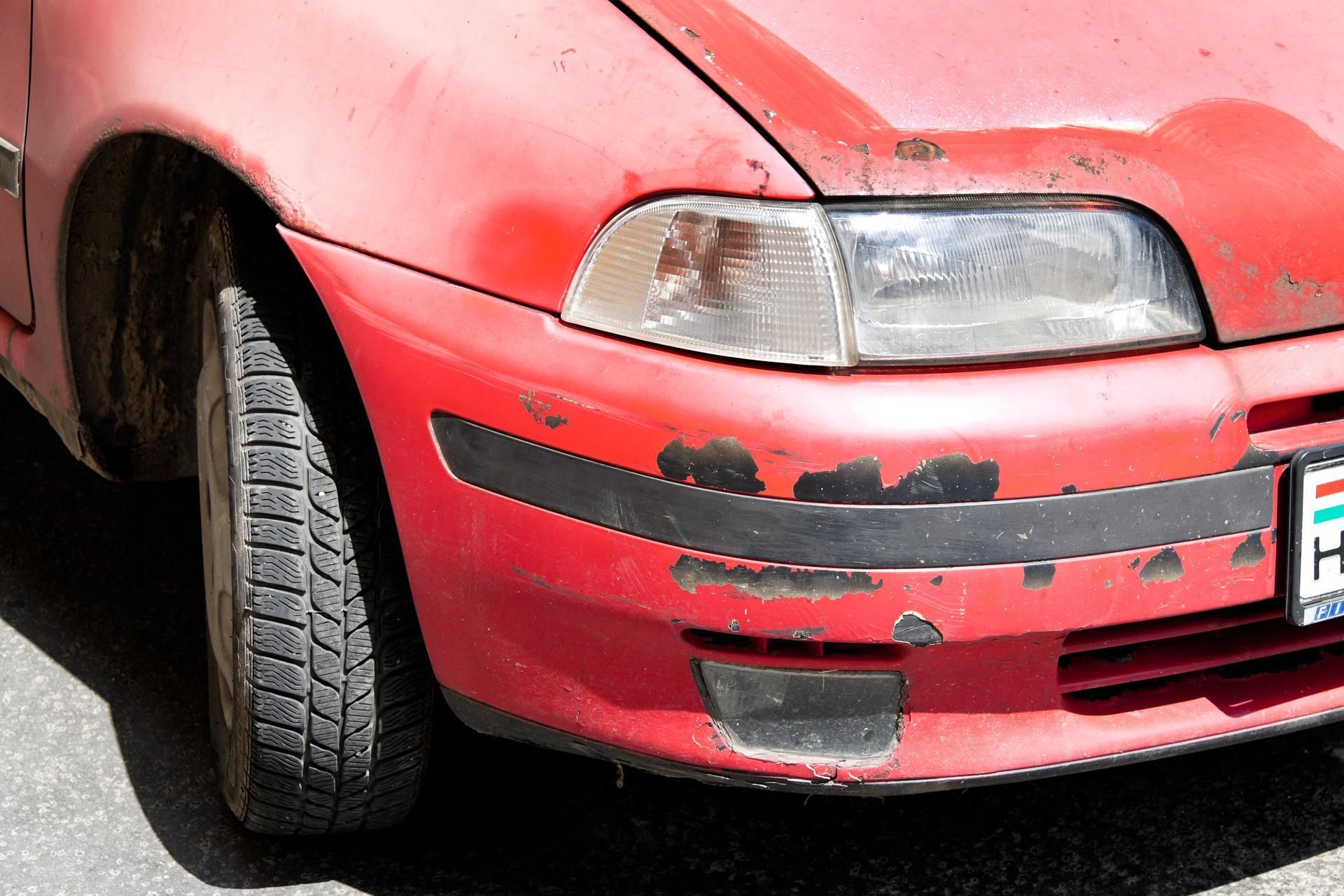Contact Us For A Free Estimate Today!
Garner Location Has Been Closed, Please Visit Our Raleigh Location.
Auto Body Serving:
Blog Layout
Frequently Asked Questions About Car Paint Failure
websitebuilder • Apr 30, 2021
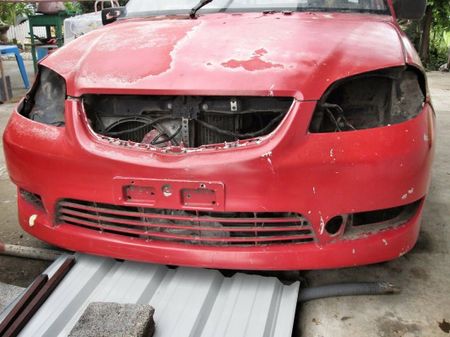
Even if you've done your best to protect your car against bumps, scrapes, and other incidents that might damage its paint job, you may still find yourself confronting an exterior faded by time and the elements. Fortunately, you can often rehabilitate faded paint to bring back the shine and color you love and remember.
The fight against paint deterioration can prove frustrating unless you understand some key points about how to recognize paint failure in progress, why such paint failure occurs, and what you can do to reverse or prevent it. Check out these frequently asked questions about car paint failure and fixes.
Why Do Car Paint Jobs Wear Out?
Modern automotive paint technology has come a long way from the old tradition of single-stage paint. This technique, commonly used on classic cars, doesn't offer much extra protection for either the paint or the body beneath. Modern two-stage paint includes a base coat of primer and an overlying clear coat.
The clear coat protects the colored paint layers against damage, at least to some extent. This layer absorbs scuffs and scratches while also absorbing the ultraviolet (UV) rays that would otherwise cause the paint to fade. Unfortunately, the clear coat itself can suffer damage in the process, fading and eventually coming off.
While UV exposure can trigger or accelerate paint damage, other forces can also contribute to your clear coat's demise. Pollution, bird droppings, and other debris can slowly wear away this layer of protection. Once exposed, the underlying paint and primer may fade, peel, or chip, allowing rust to invade the metal.
What Does Car Paint Failure Look Like?
You may not notice the earliest symptoms of car paint failure unless you examine the vehicle carefully. Your car may have a hazy finish with water spots that don't respond to normal washing and waxing. The color itself may fade irregularly, with some areas retaining more color than others.
As the deterioration progresses, bubbles may appear beneath the paint, a sign that the clear coat has failed to protect the paint beneath it. The clear coat may peel or pull up in places, a problem called delamination. The combination of faded clear coat and exposed paint may give your car a spotted, multicolored look.
How Can You Restore Your Car's Looks?
As long as the damage has not actually penetrated the clear coat, you may find that a professional polish can make your vehicle look like new again. Car polish differs from wax in that it actually strips away the damaged topmost surface of clear coat, leaving the undamaged clear coat and underlying paint intact.
If your classic car's single-stage paint job has lost its looks and you want to restore it as authentically as possible, you will probably need to have it repainted from scratch. This strategy also makes sense if your modern-era car's clear coat failure has allowed the pigmented layer to fade or break down.
How Can You Keep Your Car's Paint Job From Failing?
Your car will inevitably face wind, sun, and debris if you drive it for any length of time. However, how you store your car can make a huge difference to the paint's longevity. Garage your car if you can. If you can't garage your car, purchase a cover that fits it properly and protects the sitting vehicle against the elements.
Regular washing and waxing can provide vital protection for your car's clear coat, and by extension the entire paint job. Make sure to park your car in the shade before washing and waxing it. Use microfiber cleaning cloths to remove dirt and wax without scratching the paint.
When your car's paint job needs serious help, leave your vehicle in the experienced hands of our team at Coats Auto Body & Paint. We can evaluate the paint's current condition and administer professional polishing or repainting work as needed to make your car beautiful again. Contact our Garner or Raleigh location today.
Share
Tweet
Share
Mail
Browse Our Website
Contact Information
Email:
Coatsbodyshop1@aol.com
Coats Auto Body and Repair
Phone:
Estimates by Appointment Only
Share
Tweet
Share
Mail
Share
Tweet
Share
Mail
Hours of Operation
- Mon - Fri
- -
- Sat - Sun
- Closed
Appointments Available
24-Hour Emergency Service
Towing after hours please contact Andrew's Towing at (919) 744-6521




Content, including images, displayed on this website is protected by copyright laws. Downloading, republication, retransmission or reproduction of content on this website is strictly prohibited. Terms of Use
| Privacy Policy

